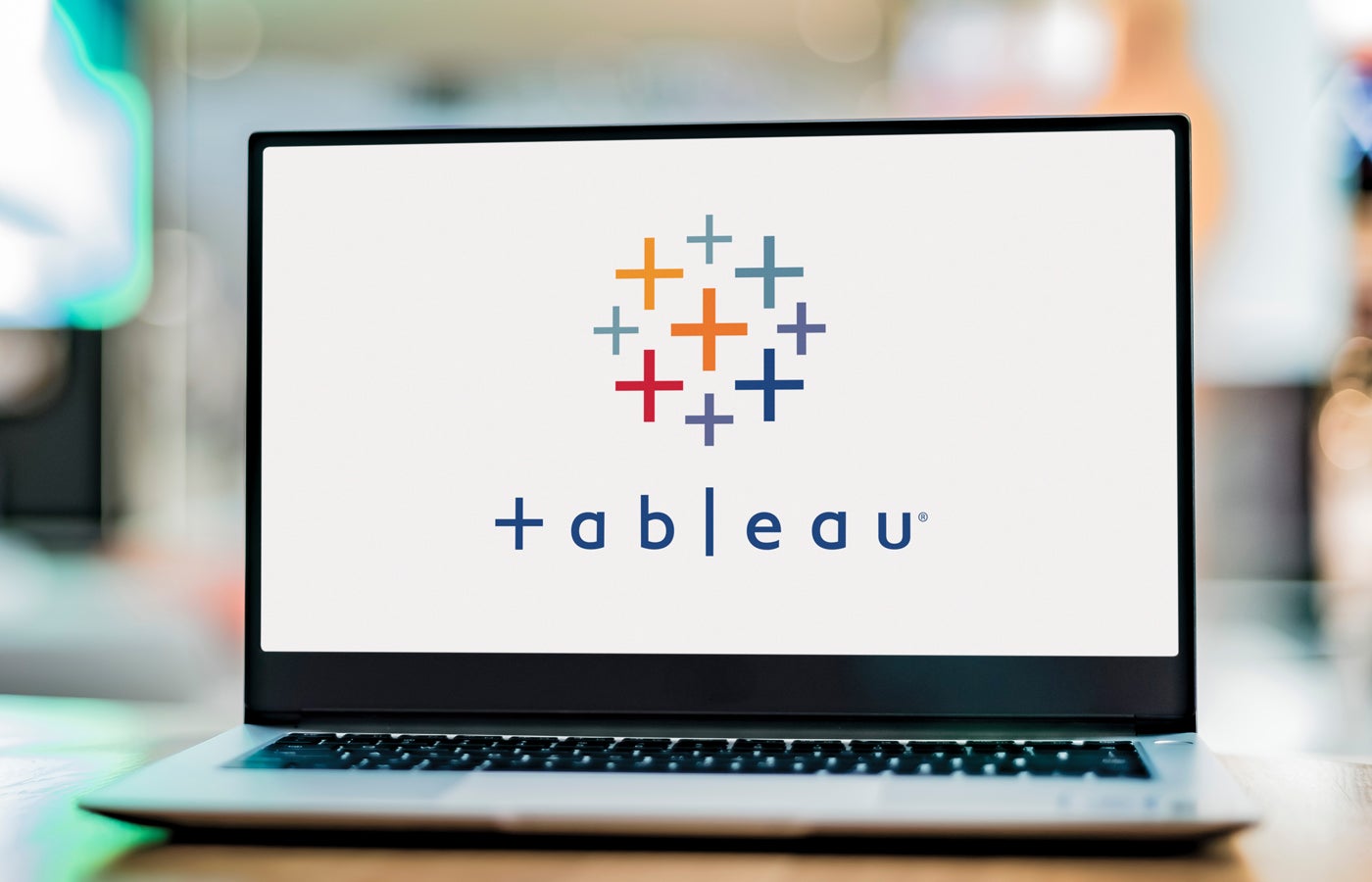Tableau is one of the most widely used data visualization and analytics platforms on the market. It gives businesses the ability to harness the power of their data to make more informed decisions. And through its intuitive interface and powerful features, Tableau enables organizations to connect to various data sources, analyze complex datasets and create visually compelling dashboards and reports.
Tableau can be leveraged to assist with the visualization of complex data in the form of graphs, charts and dashboards that represent important information in a more easily understandable format. Tableau allows companies to perform comprehensive business intelligence tasks, such as monitoring key performance indicators, tracking business metrics and generating reports to support strategic decision-making. It also empowers businesses to improve operational efficiency, which gives them a competitive edge in today’s data-driven world.
Basic steps to using Tableau
When using Tableau, it’s important that you’re able to recognize and follow some important steps to achieve success with this platform. Consider taking the following actions to get the most out of your software experience.
1. Connect data to your account
Connect Tableau to your data sources, such as databases, spreadsheets or cloud services. Choose the appropriate connection method and configure the connection settings as needed.
2. Manipulate your data
In Tableau, manipulating data involves various actions to prepare it for analysis and visualization. You can connect Tableau to your data sources, such as databases or spreadsheets, and then perform tasks like cleaning and transforming the data.
3. Focus your results
When using Tableau to focus your results, you can employ various techniques to refine your analysis and highlight specific insights. One approach is to utilize data filtering, which allows you to narrow down your data based on criteria such as date ranges, categories, or numerical values. By applying filters, you can focus on subsets of your data that are most relevant to your analysis objectives.
4. Create visualizations for your data
Create visualizations, such as charts, graphs, maps and dashboards, to represent your data visually. Choose the appropriate visualization types based on the nature of your data and the insights you want to convey.
Frequently asked questions (FAQs)
How do you use Tableau?
To use Tableau effectively, begin by connecting it to your data sources, such as databases or spreadsheets. Once connected, import your data into Tableau and begin creating visualizations by dragging and dropping fields onto the canvas. Customize your visualizations to make them aesthetically appealing and informative, and then combine them into dashboards for a comprehensive view of all of your data.
It’s important to add interactivity to your dashboards so that users can explore and analyze the data in a more dynamic way. Finally, publish your visualizations and dashboards to Tableau Server or Tableau Online to share them with colleagues or stakeholders. Collaborate with team members to gather feedback and iterate on your visualizations. Use Tableau to monitor KPIs and track business metrics over time.
By following these steps, you can harness the power of Tableau to analyze data, uncover insights and arrive at better decisions.
Is Tableau easy to learn for beginners?
Tableau is designed to be user-friendly and intuitive, which makes it relatively easy for beginners to learn. Its drag-and-drop interface and visual approach to data analysis allow users to quickly create visualizations without requiring extensive technical expertise or programming knowledge.
Tableau also offers a wealth of resources to support beginners in their learning journey. This includes comprehensive documentation, tutorials and training materials available on the Tableau website. There are also numerous online courses and community forums where beginners can seek guidance, ask questions and learn from others’ experiences.
While Tableau is relatively easy to learn for beginners, mastering its more advanced features and functionalities may require additional time and practice. As with any software tool, proficiency comes with experience, experimentation and continuous learning. With dedication and practice, beginners can become proficient Tableau users and leverage its powerful capabilities to analyze data, create compelling visualizations and achieve business success.
How do I teach myself Tableau?
Teaching yourself Tableau is an engaging process that involves exploration, practice and continuous learning. Start by familiarizing yourself with Tableau’s interface and basic functionalities. Experiment with different features and tools within the software so you can gain hands-on experience.
The Tableau website offers extensive learning resources that you can access online. Join Tableau’s online community forums to connect with other users, ask questions and share knowledge.
Enroll in online courses or tutorials offered by educational platforms like Coursera, Udemy or LinkedIn Learning. These courses cover a wide range of topics, from Tableau basics to advanced techniques and best practices.
Practice your Tableau skills by working with sample datasets available online. Analyze these datasets, create visualizations and explore different features and functionalities. Undertake hands-on projects to apply your Tableau skills to real-world scenarios.
Above all, stay curious and keep exploring Tableau’s features and functionalities. Continuously challenge yourself with new projects and datasets to hone your skills and expand your knowledge. With dedication and practice, you can teach yourself to use Tableau effectively and become proficient in data visualization and analytics.
What we think of Tableau
Using Tableau involves a process of exploration, learning and practice. By familiarizing yourself with Tableau’s interface and basic functionalities, you can easily delve into more advanced features as you gain confidence and experience.
There is a wealth of information on the Tableau website, with many learning resources available to all users. This online information is not only helpful for beginners, but those users already familiar with Tableau can utilize this information to advance their skills. By dedicating time and effort to learning and experimenting with Tableau, you can develop valuable data visualization and analytics skills that will benefit you both personally and professionally.


